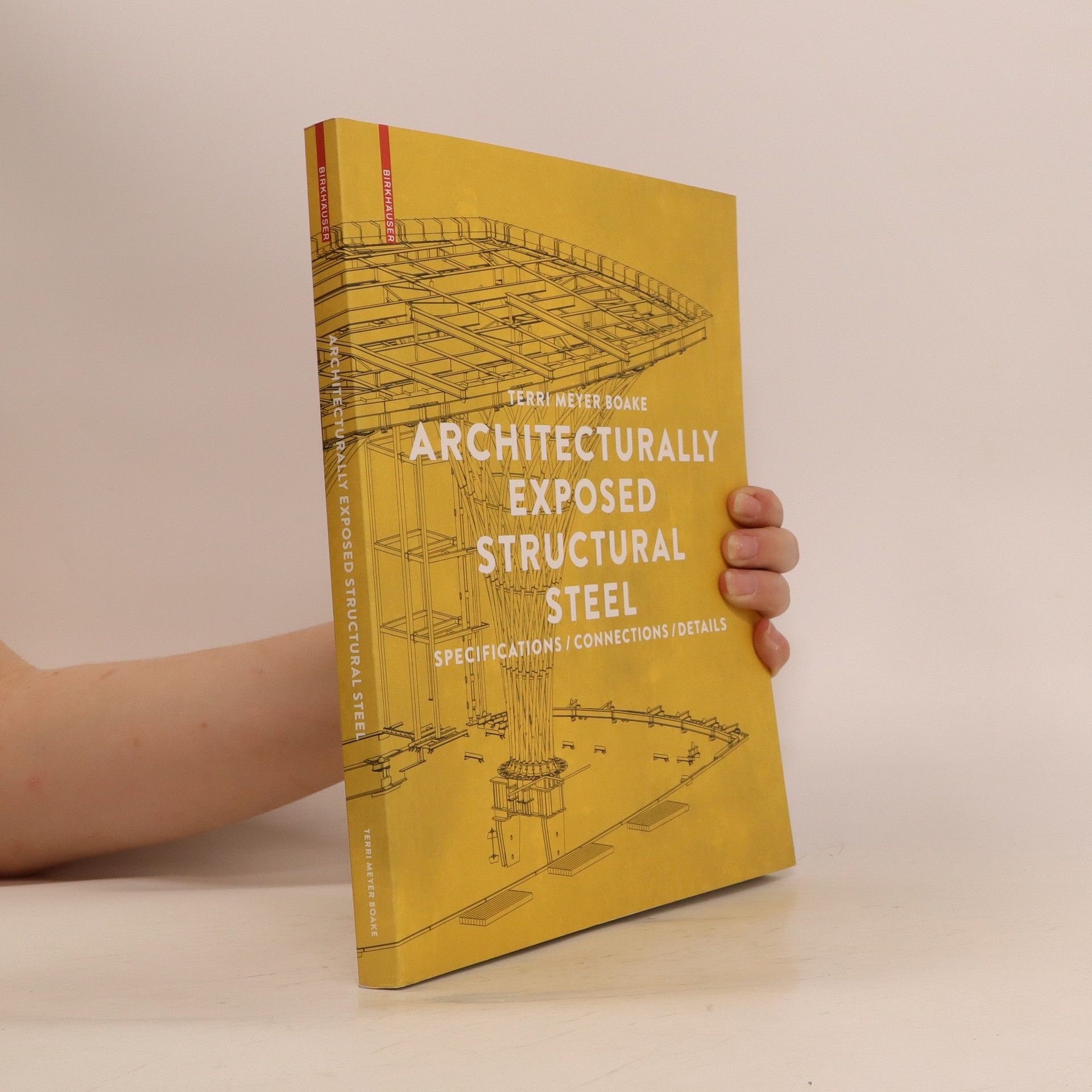Innovative design methods for steel construction are explored through four comprehensive volumes. The series reflects the recent revolutionary changes in architecture, highlighting topics such as diagrid structures, exposed steel constructions, and non-orthogonal geometries. Terri Meyer Boake emphasizes contemporary architectural designs that showcase the tectonic possibilities of steel while paying close attention to execution and detailing.
Terri Meyer Boake Knihy



Complexity in architecture, construction and material manipulation is constantly increasing due to our present ability to design, calculate and fabricate an extending range of geometric shapes and systems. This volume addresses the design of complexity in the planning, fabrication and construction of steel structures based on non-orthogonal geometries: curved and chaotic geometries, poly-diagrid systems, lattice-grid structures and others. Topical photographs by the author on a wide range of international projects present innovative methods and techniques, providing an excellent understanding of the possibilities and requirements of complex steel structures.
Architecturally exposed structural steel
Specifications, Connections, Details
- 184 stránok
- 7 hodin čítania
This book offers a comprehensive guide for controlling and thoughtfully considering the design of Architecturally Exposed Structural Steel (AESS). It features a detailed categorization of AESS based on design context, building typology, and visual exposure. This unique approach aligns high-quality benchmarks with material efficiency, fabrication methods, workforce considerations, and cost. The popularity of exposed steel has surged globally, aided by advancements in fire safety technology that allow its use under strict regulations. The author, a distinguished scholar in architectural steel design with extensive teaching experience, covers various AESS categories, the interconnectedness of design, fabrication, and erection, as well as coating and protection issues like corrosion and fire safety. Special materials such as weathering and stainless steel are also discussed, along with a checklist for member choices and connection design. The book draws on numerous international examples from contemporary architecture, all personally documented by the author, including notable structures like the Amgen Helix Bridge in Seattle, the Shard Observation Level in London, the New York Times Building, and the Arganquela Footbridge.